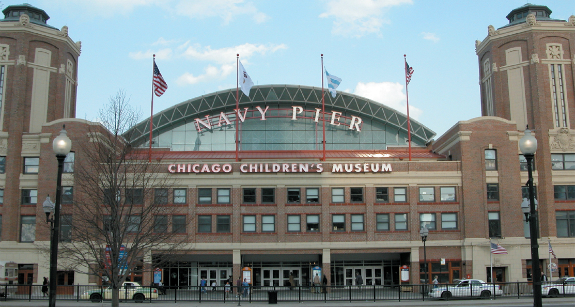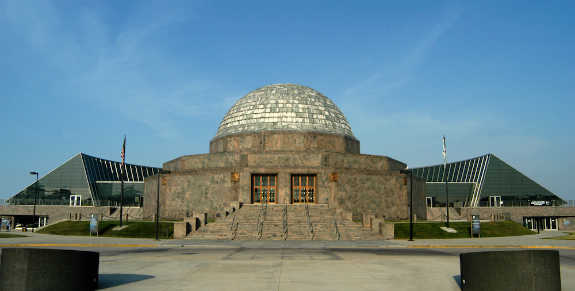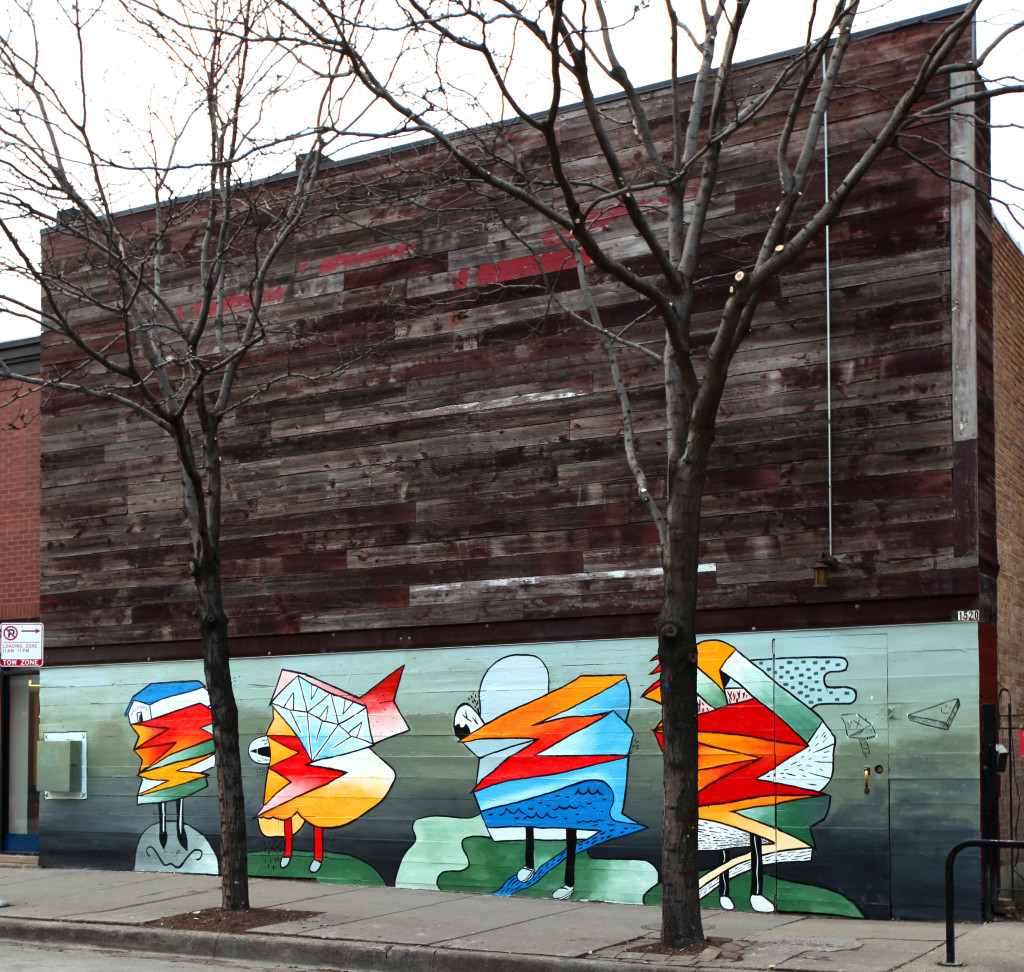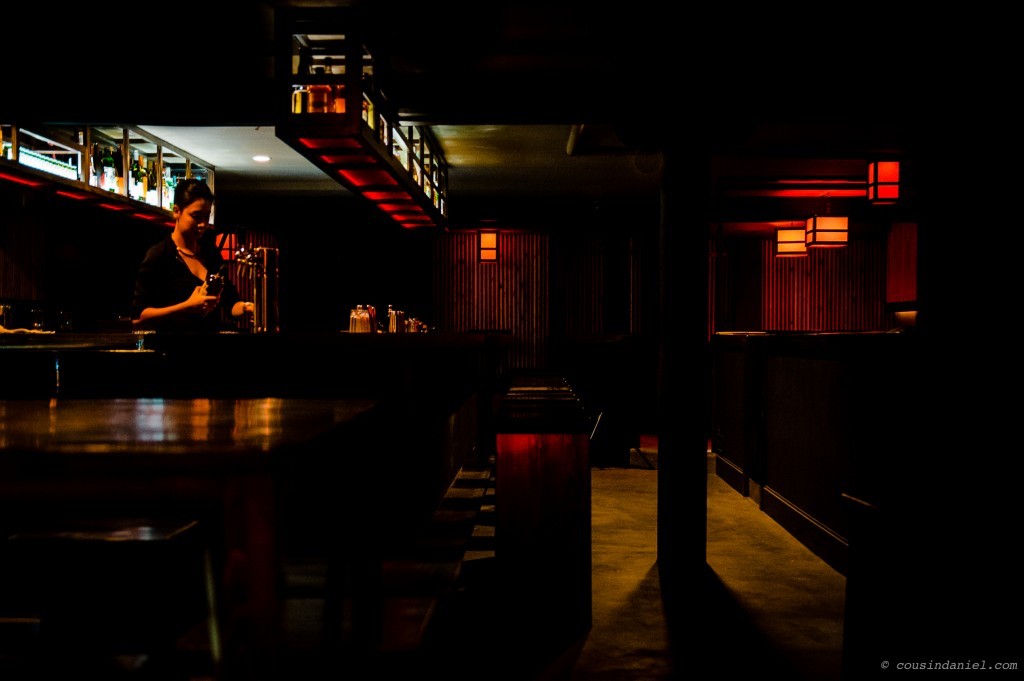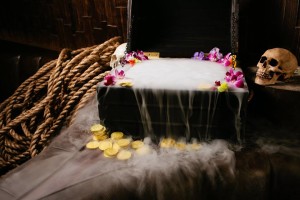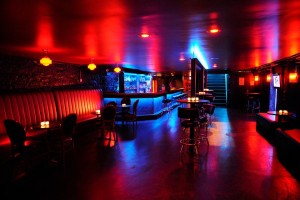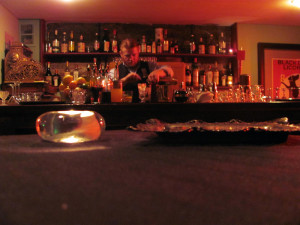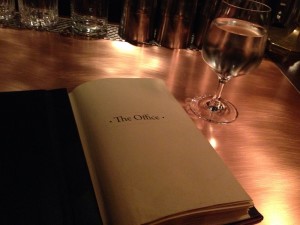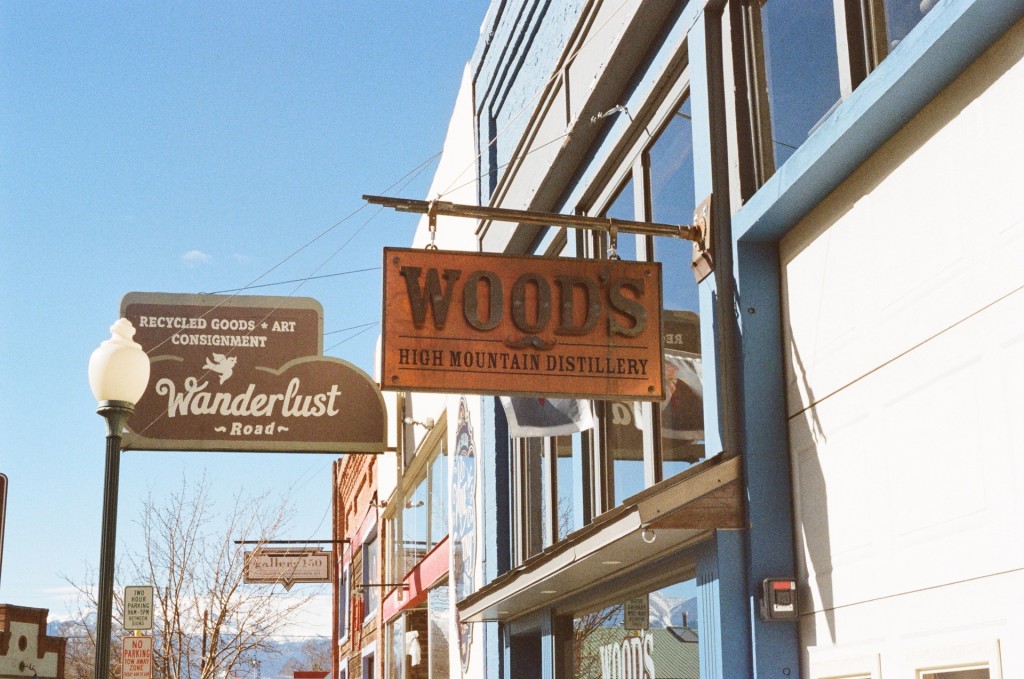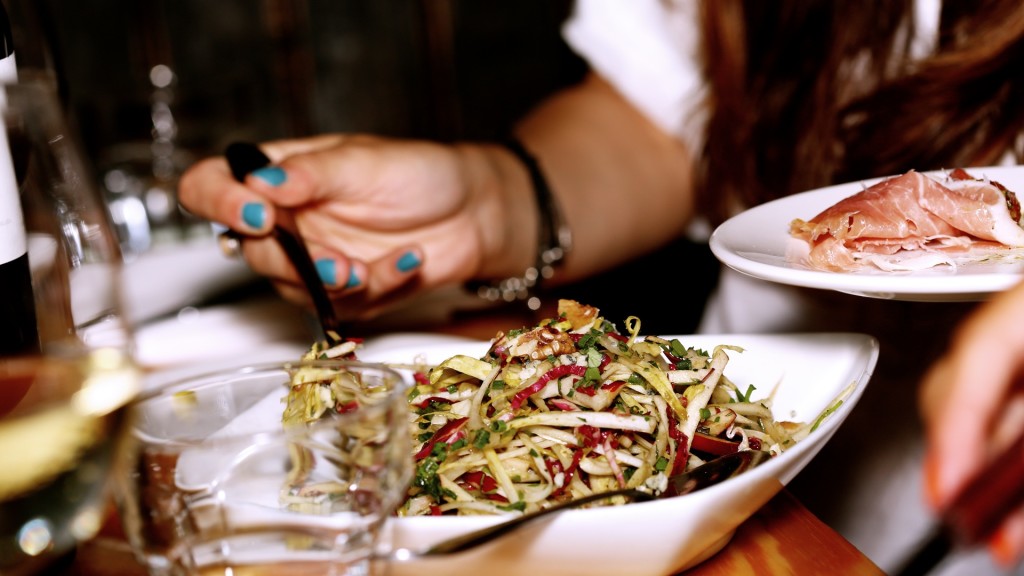Lincoln Park really does have it all. Plenty of unique boutique shops, restaurants galore, a thriving nightlife, miles of park along Lake Michigan, North Ave Beach, Lincoln Park Zoo, a Nature Museum and more. It’s why we offer a Free 2 hour Guided Tour of Lincoln Park.
The easy part is deciding to visit Lincoln Park. The hard part is deciding on how long to stay and what exactly you should do. Let’s assume you have 1 full day to spend in Lincoln Park, here is what you should do.
Breakfast or Brunch?
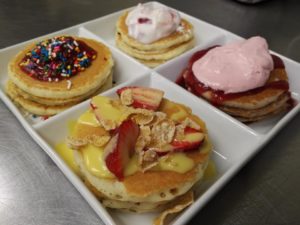
Orange Contemporary Brunch
First things first you’re going to need to get come food in your belly because you have a big day planned. If you’re visiting on a weekday we suggest stopping Orange Contemporary Brunch (2413 N Clark St) which is open everyday of the week at 8am. Make sure to try their orange peel coffee and a pancake flight. If you’re visiting on the weekends and want to try a special menu for brunch stop by Cafe Ba-Ba-Reeba (2024 N Halsted St) which serves a Spanish-inspired sweet and savory brunch menu starting at 9am on Saturday and Sunday. Our favorite is the Breakfast Paella which serves 2-3 people.
Get your shop on.
Regardless of where you fill up to start the day you’re next stop is going to be the Chicago Landmark Armitage-Halsted District. This is the center of the main shopping corridor in Lincoln Park. If you find yourself on Clark Street for breakfast make sure to stop in Aaron’s Apothecary (2338 N Clark St) and check out their fantastic selection of high-end candles & skin care. Estheticians are waiting to help you with any questions and make sure you leave with the right product.
Once you’re at the intersection of Armitage & Halsted you’re just a short walk to many of our favorite shops. Just west on Armitage is a great little stationary and gift shop – All She Wrote (825 W Armitage Ave). Just north on Halsted is a very unique place specializing in one-of-a-kind fragrances. Aroma Workshop (2050 N. Halstead Street) offers their guests an opportunity to create their very own fragrance with workshops and classes. Check their schedule and make an appointment or walk-in and see how it works. Continuing up Halsted you will not only be walking along one of Chicago’s most beautiful retail streets but you will come across a wide variety of shops as well. Groshek Art Gallery (2136 N Halsted St), Read It & Eat (2142 N Halsted St), & Calvin Tran (2154 N Halsted St) all line the west side of the street.
But don’t just take our word for it, explore the area on foot and pop into all the wonderful shops that line the streets. Soon you will have worked up a hunger and if you’re still in the Armitage-Halsted District then you’re going to have lots of options.
Lunch in Lincoln Park

Butcher & The Burger
Let’s assume that you’re still in the vicinity, here are the best walkable options.
Cheaper/Fast Eats
- Taco Joint – Mexican street fare.
- Butcher & The Burger – Best burger in Lincoln Park.
Affordable Sit Down
- Pasta Palazzo – Handmade pastas and tasty sangria – need we say more?
- Athenian Room – Greek sit down with a patio and BYOB policy.
Mid-Range
- Summer House Santa Monica – This LEYE takes you to California ..in Lincoln Park.
- Chez Moi – Serving French classics in a casual atmosphere with outdoor seating.
Mid Afternoon in Lincoln Park
Are you full? We hope so. Time work off some of those calories you ate and probably drank. And luckily there is just the activity to do that. Free Chicago Walking Tours has a Lincoln Park tour at 2pm that will start near the intersection of Armitage & Halsted. This is the perfect way to really see Lincoln Park.
Your guide will share with you the history of Chicago & Lincoln Park while winding your way way east through one of the most beautiful residential neighborhoods in Chicago and concluding the tour with a stroll through the Alfred Caldwell Lilly Pool and leaving you just steps from the Lincoln Park Conservatory & Lincoln Park Zoo – both free!
From there you will not want to miss grabbing a drink, and maybe an appetizer, at one of Chicago’s best rooftop bars – The J. Parker. Opening their doors at 5pm during the week and 11:30am on the weekends this place is a DO NOT MISS when the sky is clear. Enjoy amazing views of Lincoln Park and the Chicago skyline from the north – a perspective you do not get with rooftops in the Loop and River North.
After a couple of drinks it’s time to head back to your hotel and get ready for the night. There is still a lot of left to do.
Dinner
Pizza
- Pequods – Our favorite deep dish pizza. If you haven’t had deep dish and you want to then go here. Please.
- Chicago Pizza & Oven Grinder Co – Unique potpie-style pizzas served upside down. Always a wait so you know it’s good.
Lincoln Park Specialties
- Twin Anchors – The best ribs in Chicago. No reservations, expect to wait.
- The Barrelhouse Flat – Arguable the best bar in Lincoln Park with a small dinner menu. Make sure you visit their upstairs.
- Social Table – Learn how to cook and meet others at this communal dining spot in Lincoln Park.
Our Favorites for Special Occassion
- Riccardo Trattoria – delicious regional Italian cuisine in an intimate setting.
- Intro – the hottest chef’s rotate every 3 months making sure your dinners are never the same.
- North Pond – Michelin-starred with romantic setting overlooking the Chicago skyline.
And finally, after your dinner it’s time for dancing. And there is no single place we’d rather get our groove on than the world famous blues club Kingston Mines (2548 N Halsted St). This place opens at 7pm every single day (and has for 40+ year) and goes until 4am. Cover to get in is $12 during the week and $15 on the weekend – but is well worth the price. The music is unbelievable. The musicians are the most talented blues musicians in the city. We absolutely love this place.



